Hotline: 0902 360 448 / 0909 535 348

Interlining
Properties of Interlining
In these days of energy efficiency you may not be aware of something that is primarily used to enhance window treatments but also adds to the insulating properties. Similar in feel to a flannel blanket, interlining is an extra layer of fabric, usually cotton, placed between the main fabric and the lining.
Before I started making curtains I had not heard of interlining but now it has become a very important part of my business. There are many beautiful fabrics that on their own would produce curtains that were thin and lifeless, but by adding a layer of interlining the ‘feel’ of the fabric changes dramatically and the curtains become thick and sumptuous. However this extra layer not only adds to the handle of the fabric but because of the increases in the thickness it therefore makes it more insulating.
Through my own experience I know this to be true. Our lounge window, which is a large square bay and faces north, has interlined blinds. On a winters morning when I raise the blinds you can feel the difference in the air temperature between the warm room and the cold window- and that is with modern double glazing, if you had old draughty windows you would notice the difference even more.
What are the different types of interlining?
There are three different types of interlining available, two made from Cotton (Bump and Domett) and the third from Polyester (Saril).
Bump
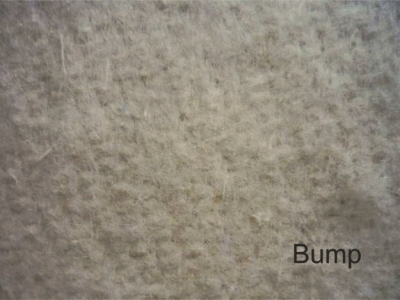 This is the thickest interlining and is loosely woven fabric made from around 80% cotton and 20% mixed synthetic fibres. It should be used pre-shrunk as the high cotton content has a tendency to shrink in the damp atmosphere around windows. Bump produces the best looking interlined curtains as it drapes beautifully and is especially suitable for silk, however it is also the hardest to work with as the loose weave results in an unstable fabric that moves and sheds fibres easily. The typical weight of bump is 400g/m 2 with a thickness of 0.5mm (1/4″)
This is the thickest interlining and is loosely woven fabric made from around 80% cotton and 20% mixed synthetic fibres. It should be used pre-shrunk as the high cotton content has a tendency to shrink in the damp atmosphere around windows. Bump produces the best looking interlined curtains as it drapes beautifully and is especially suitable for silk, however it is also the hardest to work with as the loose weave results in an unstable fabric that moves and sheds fibres easily. The typical weight of bump is 400g/m 2 with a thickness of 0.5mm (1/4″)
Domett
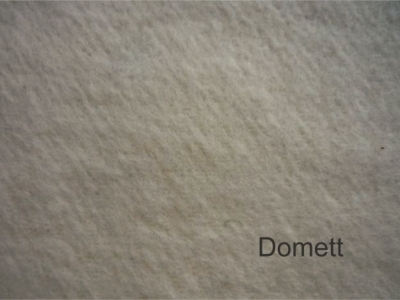 This interlining is a heavily brushed 100% cotton twill fabric slightly thinner than Bump and as you can see from the top picture it is available in different weights. It is relatively easy to work with but that does mean that the drape isn’t as good as Bump. Most of the interlined curtains I have made have used Domett as it works with many different types of fabrics. The lightweight Domett is particularly suitable for blinds and other areas where the fabric will be pleated such as swags & tails. Domett weight can be from 160g/m 2 to 300g/m 2 with a thickness of a few millimetres.
This interlining is a heavily brushed 100% cotton twill fabric slightly thinner than Bump and as you can see from the top picture it is available in different weights. It is relatively easy to work with but that does mean that the drape isn’t as good as Bump. Most of the interlined curtains I have made have used Domett as it works with many different types of fabrics. The lightweight Domett is particularly suitable for blinds and other areas where the fabric will be pleated such as swags & tails. Domett weight can be from 160g/m 2 to 300g/m 2 with a thickness of a few millimetres.
Saril
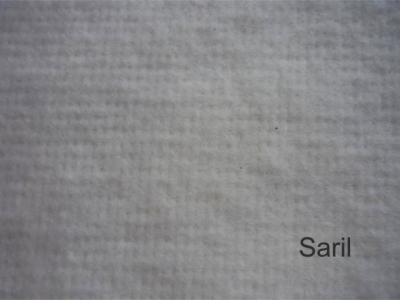 Saril is a synthetic cheaper alternative to the cotton interlinings however as it doesn’t have the drape qualities, and I wouldn’t recommend using it unless necessary. It is not a woven fabric but stitch bonded- the fibres are joined together with rows of small stitches, and comes in similar weights to the cotton alternatives. The major advantage of Saril over Bump or Domett is that it doesn’t shrink so if interlining is required when there is a lot of moisture ( kitchen, bathroom or damp house) you would need to use Saril.
Saril is a synthetic cheaper alternative to the cotton interlinings however as it doesn’t have the drape qualities, and I wouldn’t recommend using it unless necessary. It is not a woven fabric but stitch bonded- the fibres are joined together with rows of small stitches, and comes in similar weights to the cotton alternatives. The major advantage of Saril over Bump or Domett is that it doesn’t shrink so if interlining is required when there is a lot of moisture ( kitchen, bathroom or damp house) you would need to use Saril.
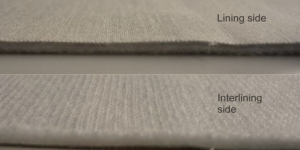 A new interlined based product has been developed that bonds Saril to the back of normal lining. The resulting fabric speeeds up construction time, but as it so stiff it is recommended that it should only be used for Roman blinds. I haven’t used this interlining myself but have some samples, I personally think that the amount of extra time taken to attach the interlining to the lining by hand is minimal and to achieve a far better result is much more important.
A new interlined based product has been developed that bonds Saril to the back of normal lining. The resulting fabric speeeds up construction time, but as it so stiff it is recommended that it should only be used for Roman blinds. I haven’t used this interlining myself but have some samples, I personally think that the amount of extra time taken to attach the interlining to the lining by hand is minimal and to achieve a far better result is much more important.
Slightly different construction techniques are needed to incorporate the interlining into the soft furnishings which is why interlined curtains have a higher price, but in my opinion the finished results are far superior.
As you can probably tell I am a fan of interlined curtains and blinds. Although they take longer to make I always find that curtains hang better and blinds have a softer edge.
Please don’t hesitate to contact me if you want any further information about interlining curtains or would like to talk to be about having some made.
Footnote
Don’t get interlining mixed up with interfacing. Interfacing is used in dressmaking to strengthen areas such as collars and facings. It is a much thinner fabric usually made from bonded fibers, tends to be fusible and is very different to interlining.



.jpg)
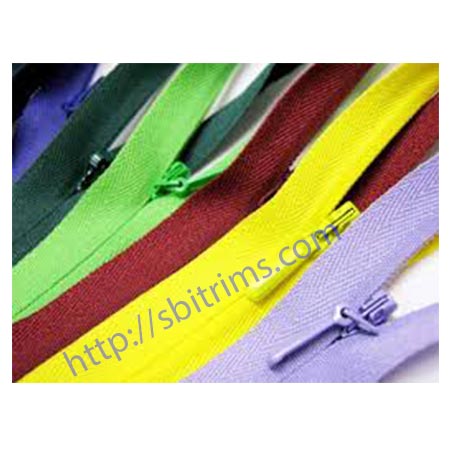
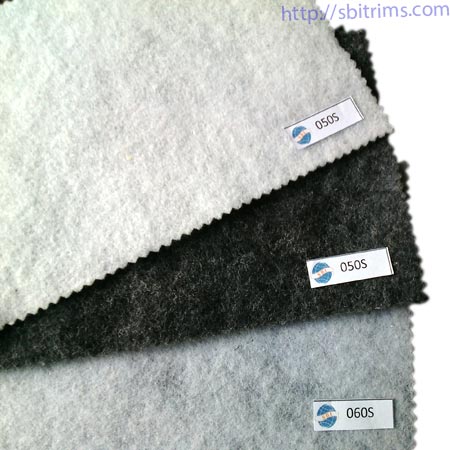

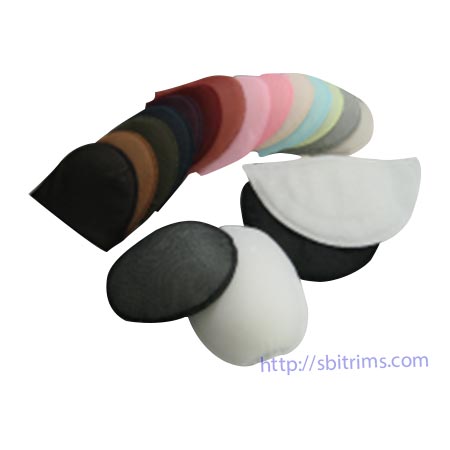

.jpg)

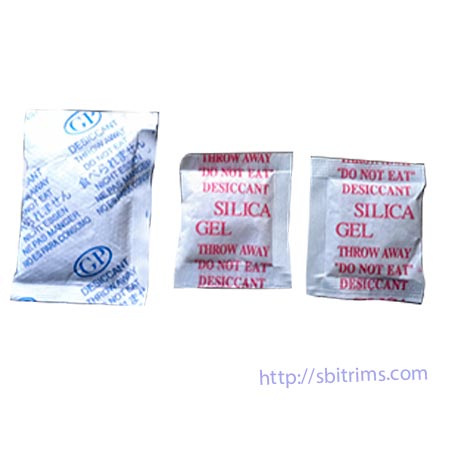
.jpg)